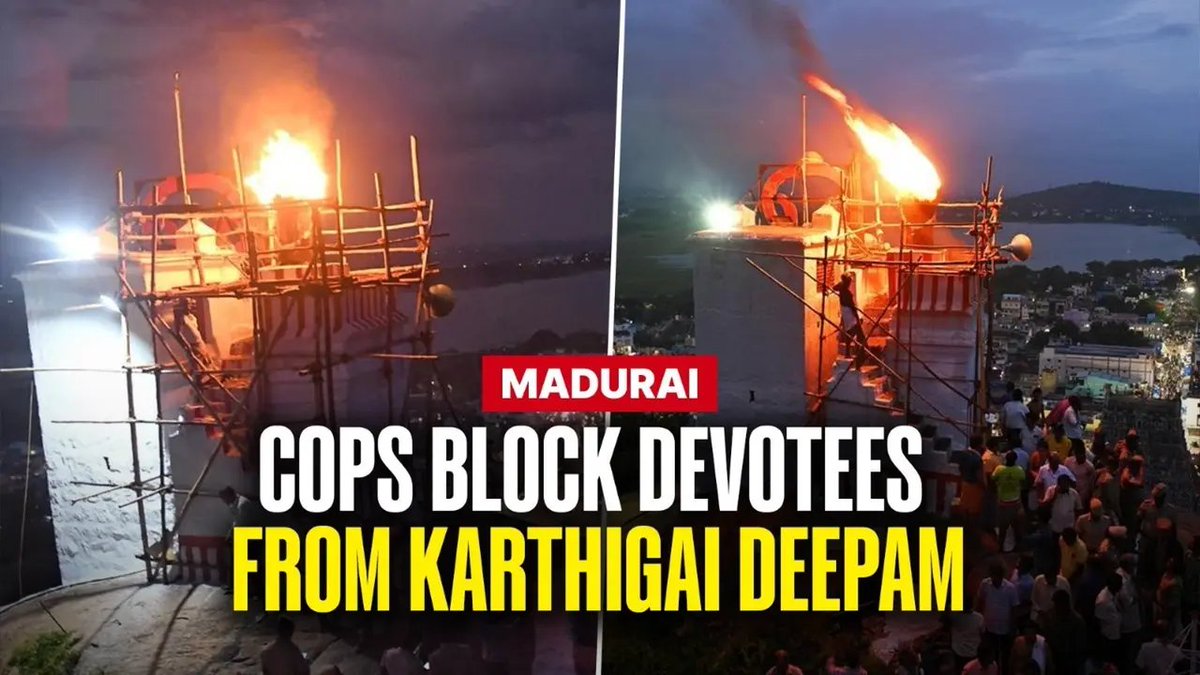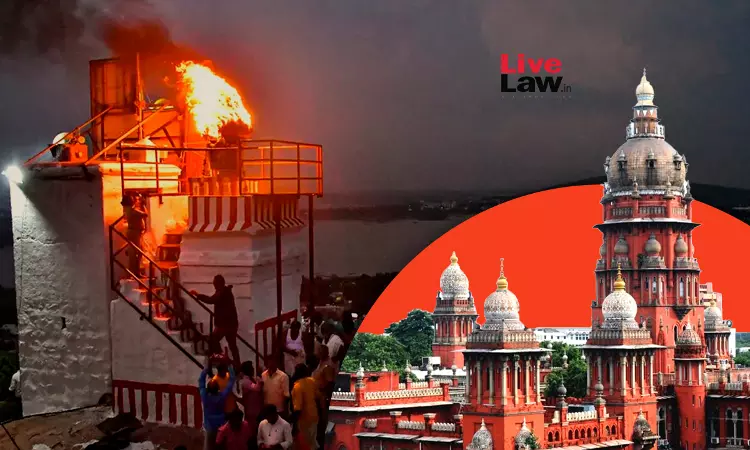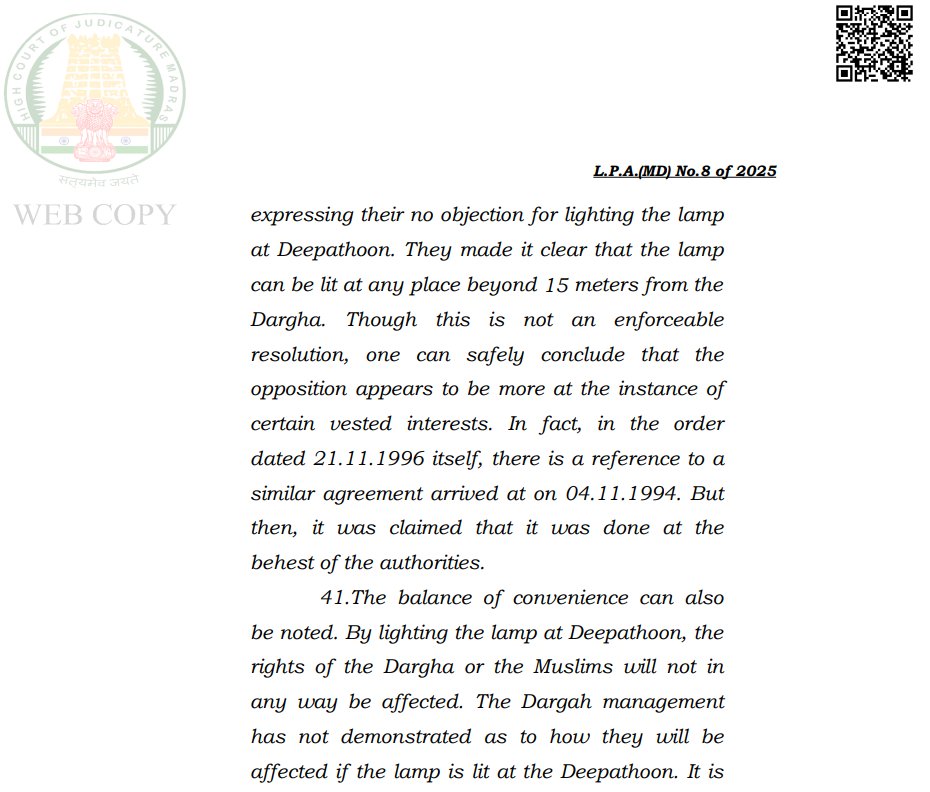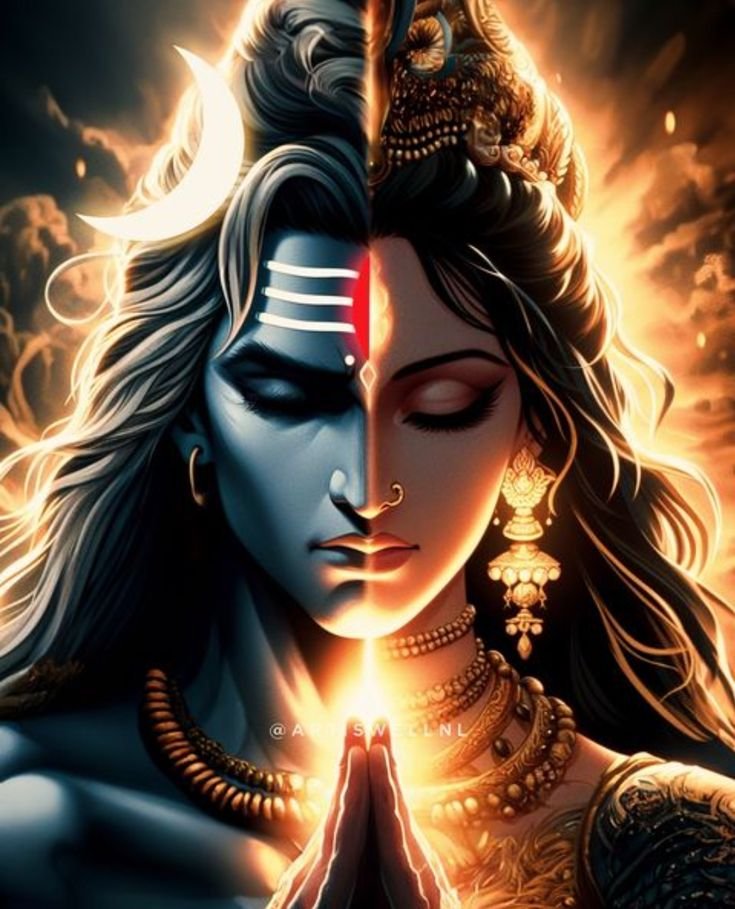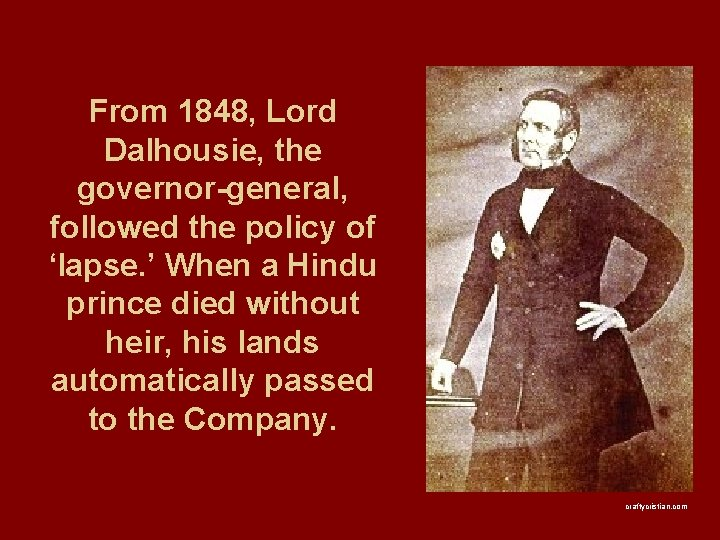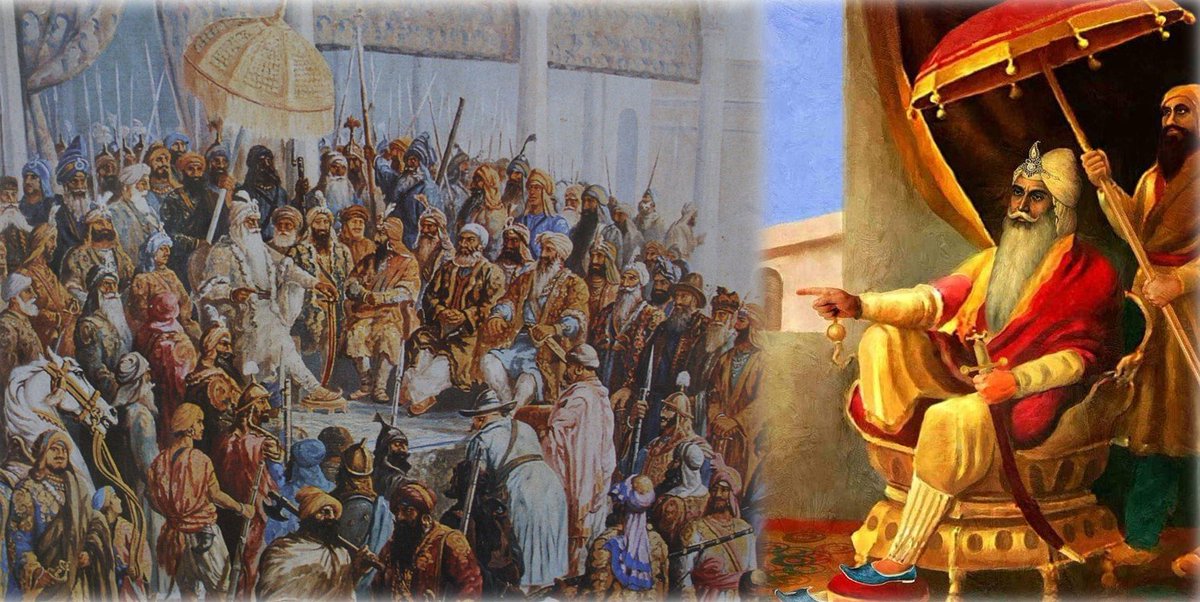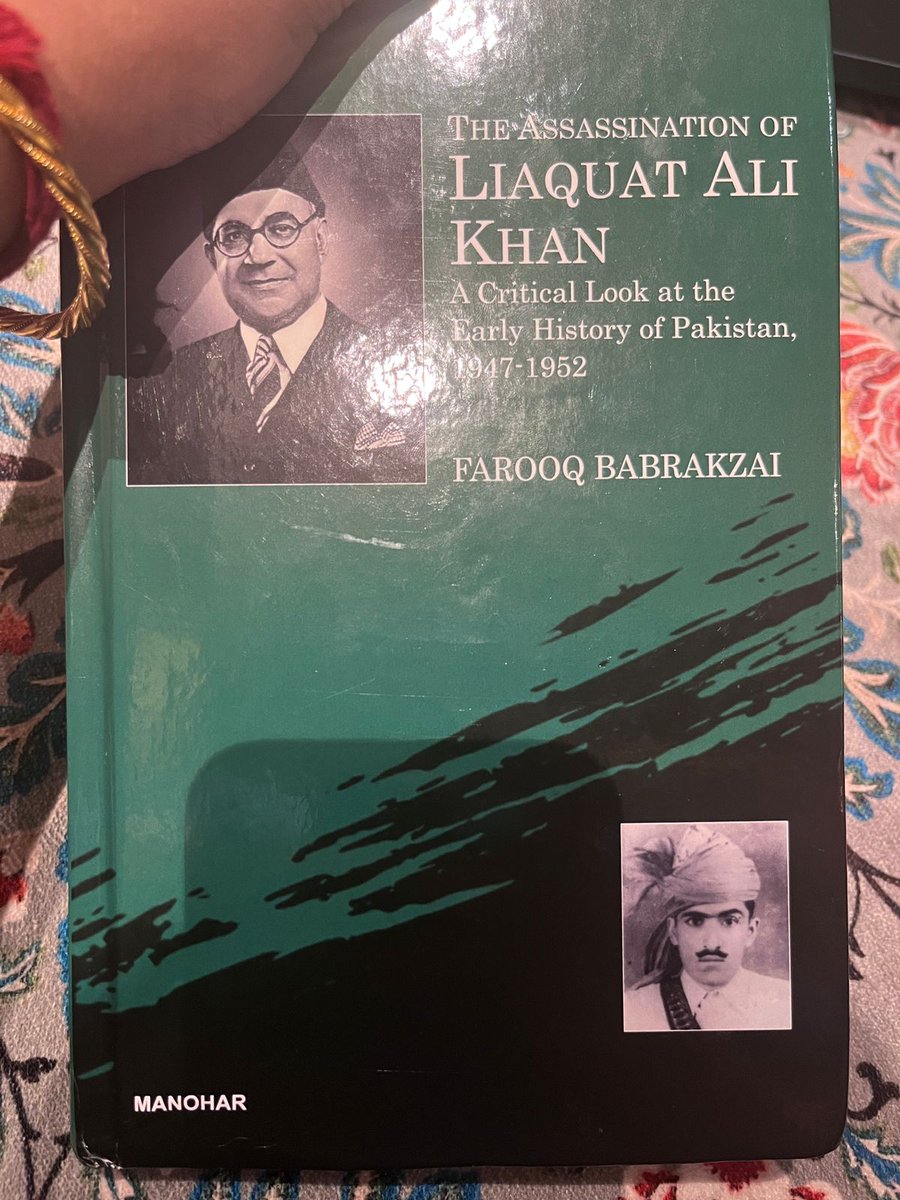Nathuram Godse's statement that, "...the 7 conditions that Gandhi had set for breaking the fast started in January 1948 were all anti-Hindu..." We were never told exactly what these terms were when we were taught history in school.
In January 1948
In January 1948

Gandhi was trying for Hindu-Muslim unity through fasting etc. there are superficial references everywhere. So why should Godse say in his speech that all those terms were anti-Hindu?
January 19, 1948 issue of 'The Yorkshire Post' mentions
January 19, 1948 issue of 'The Yorkshire Post' mentions
these 7 conditions. What were the conditions?
Condition 1 - Muslims should be allowed to celebrate their Urus at Mehrauli near Delhi. (There was a mosque of Khwaja Qutbuddin in Mehrauli. It was destroyed in the riots. The Hindus and Sikhs drove out
Condition 1 - Muslims should be allowed to celebrate their Urus at Mehrauli near Delhi. (There was a mosque of Khwaja Qutbuddin in Mehrauli. It was destroyed in the riots. The Hindus and Sikhs drove out
the Muslims around it. This Khwaja Qutbuddin was supposed to take place on January 26, 1948. But there was a possibility of obstacles in doing so. Gandhi did not want this.)
Condition 2 - Muslims who fled from Delhi should be allowed to return safely.
Condition 2 - Muslims who fled from Delhi should be allowed to return safely.
Condition 3 - Those 118 mosques in Delhi which have been converted into temples should be given back to the Muslims.
Condition 4 - Entire Delhi should be made safe for Muslims.
Condition 5 - Safety of Muslims traveling by rail should be guaranteed.
Condition 4 - Entire Delhi should be made safe for Muslims.
Condition 5 - Safety of Muslims traveling by rail should be guaranteed.
Condition 6 - Financial boycott imposed by Hindus and Sikhs on Muslims should be withdrawn.
Condition 7 - The remaining parts of Muslim settlements in Delhi should not be used by Hindu or Sikh refugees from Pakistan.
#Godse #gandhipunyatithi #GandhiGodse #GandhiGodseEkYudh
Condition 7 - The remaining parts of Muslim settlements in Delhi should not be used by Hindu or Sikh refugees from Pakistan.
#Godse #gandhipunyatithi #GandhiGodse #GandhiGodseEkYudh
My first thought was, why is protecting Muslims, anti-Hindu?
But then in 1948, why not the same thing for Hindus?Moplah Riots,Direct Action Day,Noakhali etc. saw Hindu Genocide.Violence was happening on both sides.
Didn’t the other sides have the right to protect itself?
But then in 1948, why not the same thing for Hindus?Moplah Riots,Direct Action Day,Noakhali etc. saw Hindu Genocide.Violence was happening on both sides.
Didn’t the other sides have the right to protect itself?
• • •
Missing some Tweet in this thread? You can try to
force a refresh


